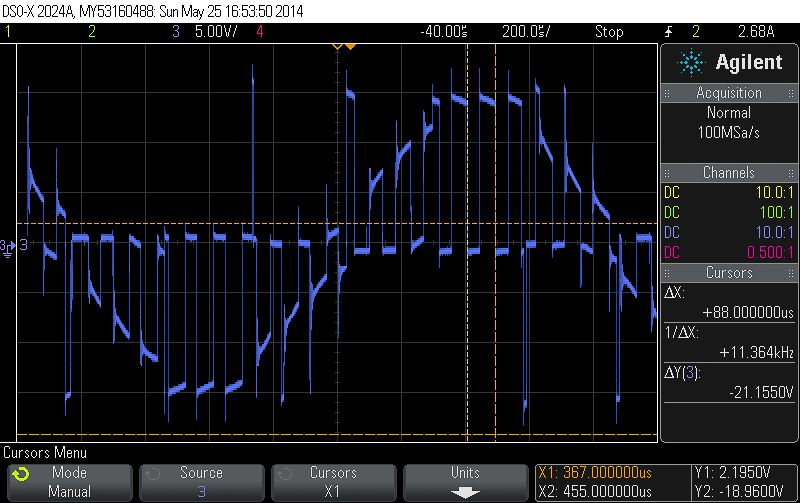Hey guys,
Ive got a HW 100A v3 on a G500 sport with a XNova 4020 1200Kv motor.
I've been running the ESC on the default settings of 15° timing and 32kHz PWM, but I have noticed that the ESC is getting a bit too warm to touch after each flight.
I will change the PWM from 32kHz to either 24kHz or 16kHz so the ESC will run cooler, but when I've done that, do I need to re-calibrate the gov store again? i.e. RPM standardization, or perhaps changing the PWM frequency does not require re- calibration?
Thanks!
Ive got a HW 100A v3 on a G500 sport with a XNova 4020 1200Kv motor.
I've been running the ESC on the default settings of 15° timing and 32kHz PWM, but I have noticed that the ESC is getting a bit too warm to touch after each flight.
I will change the PWM from 32kHz to either 24kHz or 16kHz so the ESC will run cooler, but when I've done that, do I need to re-calibrate the gov store again? i.e. RPM standardization, or perhaps changing the PWM frequency does not require re- calibration?
Thanks!
 .
.

Comment